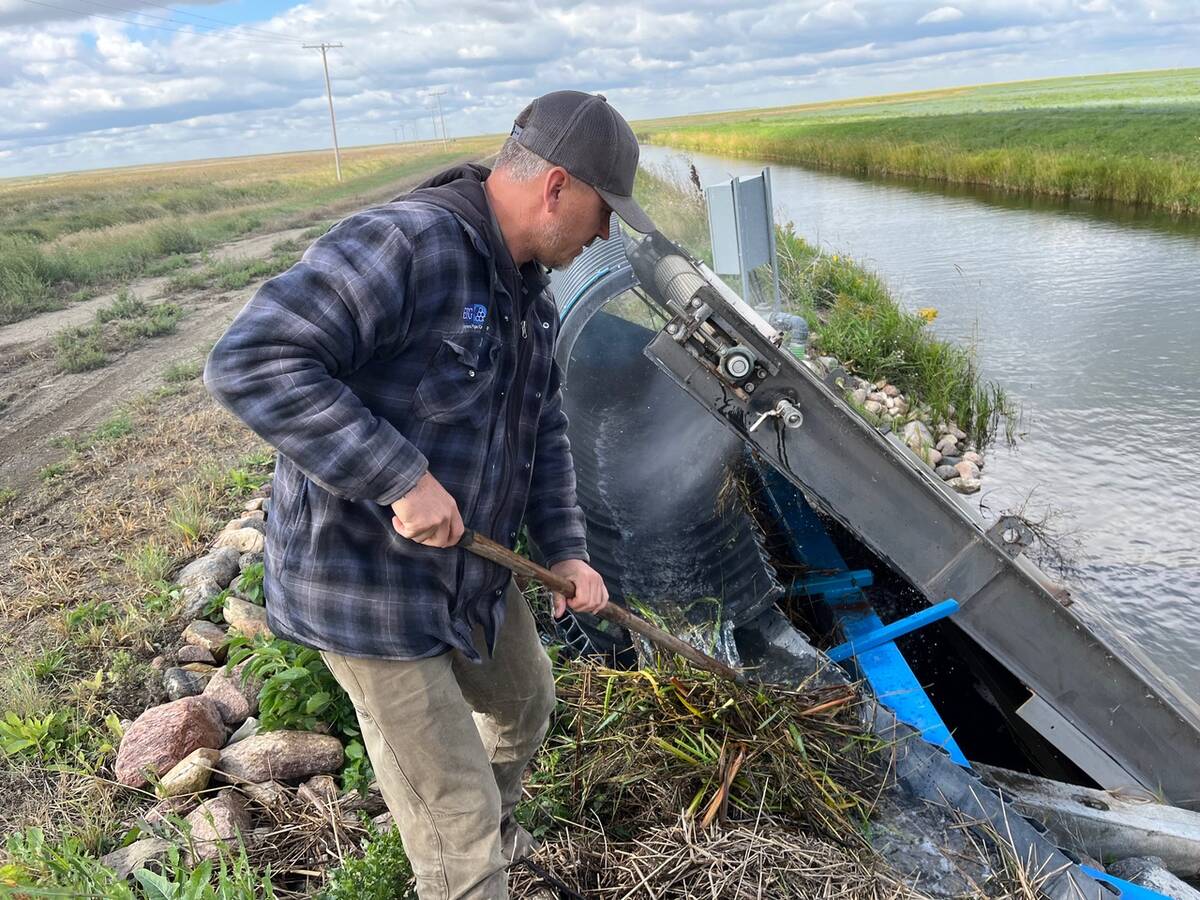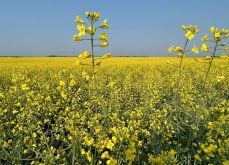REGINA – Meat quality can improve when animals are slaughtered in a mobile abattoir rather than transported to a permanent facility, according to new research.
Jayson Galbraith, an Alberta Agriculture bison-elk specialist and University of Alberta PhD candidate, is studying meat quality and physiological stress in bison slaughtered in a mobile abattoir that the provincial government has been operating since May 2008.
“In terms of stress, we saw the lowest cortical levels in the animals shot in the pen,” he told the Canadian Bison Association’s annual meeting in Regina during Canadian Western Agribition.
Read Also

Saskatchewan farmer uses tile drainage to manage water
The integration of both irrigation and tile drainage results in higher yields, water efficiency, improved soils and less nutrient runoff, says one producer.
“We’re talking about subtleties and we did find improved tenderness with the animals killed on farm,” he said. “The big thing is it supported benefits to promoting low stress handling.”
That supports common knowledge for beef and pork and shows it also can apply to bison.
Alberta Agriculture plans to sell the mobile slaughter unit to a private venture.
Galbraith said the buyer would need to have a strong connection with an existing meat cutting facility.
It might make sense for a meat cutting facility that lacks a kill floor to buy the mobile slaughter unit or an existing abattoir might be able to buy the mobile unit to expand, he said.
Galbraith said the project has shown that a provincially inspected unit can be designed, built and operate on a variety of species.
Field testing started in May 2008 with cattle, pig and sheep farms. Bison were added in the fall.
He said the field tests showed that the unit could work, and revealed where improvements would help, such as adding independent air bags to more efficiently level the trailer.
“There was never a day cancelled. It did what it was supposed to do. Animals that were presented were slaughtered and run through.”
The unit is 53 by eight feet and 14 feet high, the maximum size allowed by highway transportation regulations.
It has its own power source, water pumps and supply of fresh water and has capacity to contain a day’s worth of washing waste.
The unit is designed to hold 10 fat cattle or fully finished steers and about the same number of finished bison bulls. The unit can take more sheep and pigs.

















